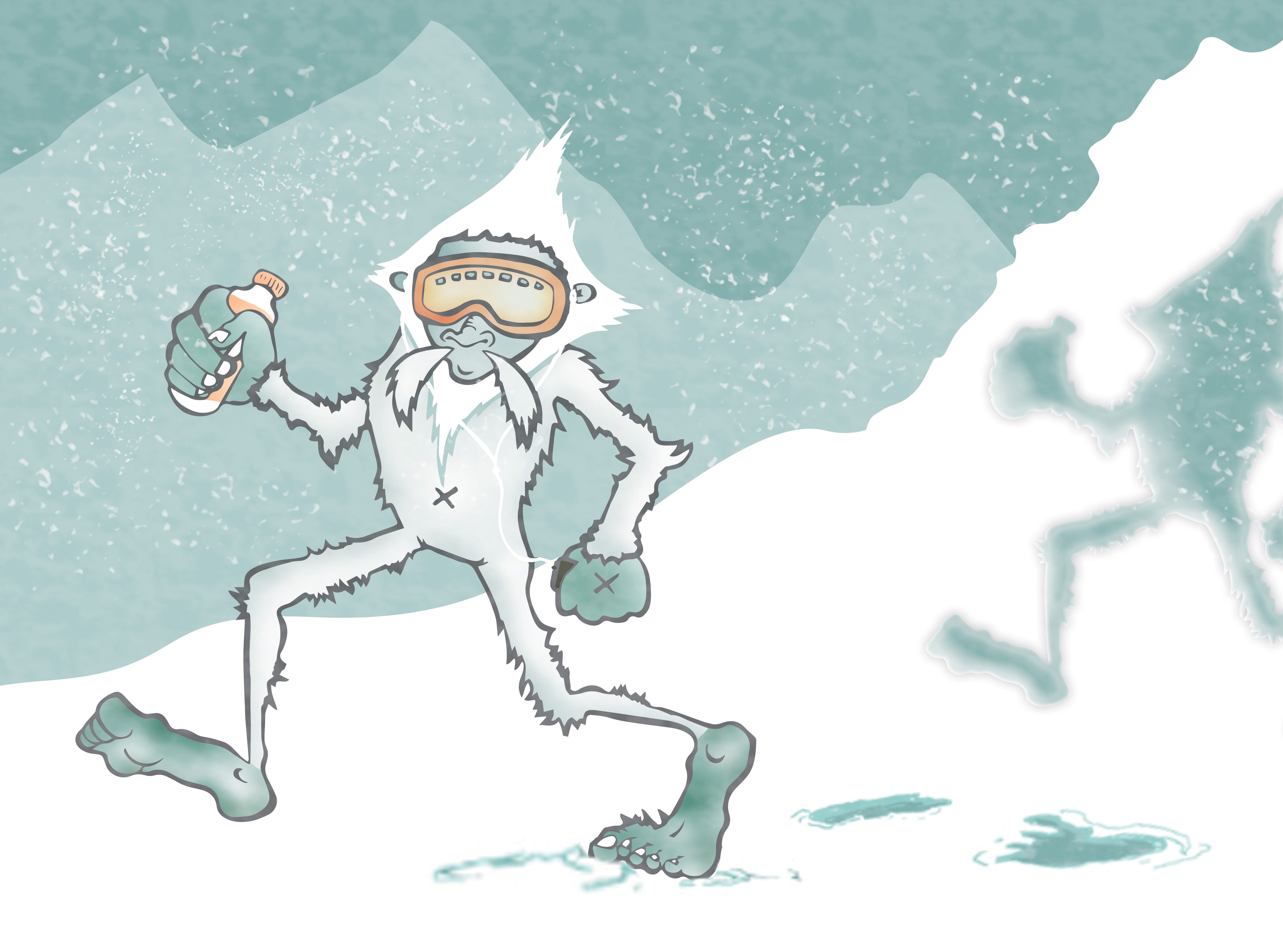I’ve been running all year long for the past four years – no matter the temperature nor season. In that time I have completed 11 half marathons, as well as two full marathons.
I love conquering the elements and the satisfaction of knowing I just finished a run in -40 C weather. I’m particularly proud of one specific race—called the Hypothermic Half Marathon—that takes place in late February, usually amidst blizzard-like conditions.
Another aspect of my running history involves coaching. I have led four separate 10-kilometre clinics, and am currently co-coaching the Manitoba full marathon clinic for 2014. Each of those programs has gone on through the winter, requiring a diverse knowledge of all aspects of cold weather running.
The first thing to consider when deciding to train outdoors is layering, and making sure you’re wearing the proper clothing. The general guideline for any season—but especially winter—is to dress for about 10-15 degrees warmer than the actual temperature. This is because you will begin to warm up after around 15 minutes of exercise, and if you are wearing too much, you risk overheating and becoming uncomfortable.
Layering is especially important in relation to sweating. A general guideline when running outdoors in the winter is to wear three layers on the upper body. Polyester is the best option for material. Unlike cotton, polyester doesn’t keep sweat locked in.
The first layer is called a “base layer” and should be tight against your skin. This layer will wick away sweat, also preventing uncomfortable friction. The second layer is called a “mid layer,” and is usually thermal. Mid layers are typically either a half or quarter zip top. This item is primarily responsible for keeping you warm and comfortable throughout your run. The final layer is called the “shell,” and should be a wind and water resistant jacket. These jackets are designed for heavy, wet snow and will also block the wind. It’s important that your shell be water-resistant as opposed to waterproof, since waterproof items don’t breathe very well.
The lower body follows the same guideline as the upper, with wind and water resistant pants typically being the best option. The weight of the pants should also increase, depending on the temperature you’re planning on running in.
In terms of shoes, it’s essentially up to your personal preference. I tend to recommend a Gore-Tex running shoe, designed to block out the wind and protect your feet from the cold. You can also buy a trail-specific running shoe, with extra treads on the outsole for better traction.
Because everyone has a different tolerance level for the cold, individual training programs will vary. A healthy distance is anywhere between five kilometres for introductory runners, all the way to 20 kilometres for marathon runners. If you are planning on doing a half or full marathon, it is also a good idea to add some degree of hill training – which increases core strength. Garbage Hill at Wellington and Empress is usually well kept and safe to train on all season long.
Regardless as to how far you choose to run in the winter, I can guarantee you will have fun with it. Training all season long challenges your body on a whole different level, but also increases your lower body strength and stamina going forward.
graphic by Caroline Norman.




